What is a shareholders agreement?
The Shareholders Agreement is a document that sets out the ongoing relationship between a company, and as the term implies, it shareholders. Generally, a Shareholder Agreement will sit alongside the company Constitution, and will often prevail where there are any inconsistency.
For many startups, the Shareholders Agreement is considered the most important document for the company. If your company doesn’t have one, it is good practice to get one in place before the cap table grows.
Generally, whenever there is more than one shareholder, a Shareholders Agreement is worthwhile.
Do I need one if the investors are family and friends?
Often in these situations, it can be even more important to put the agreement in place.
The Shareholders Agreement sets out a defined process to follow in all kinds of situations, from capital raises and acquisitions, to basic share transfers and disputes.
If you don’t have a Shareholders Agreement in place when family and friends invest, it can leave those kinds of issues open to disputes.
Of course, nobody ever anticipates that a problem would arise. However, if it does, the last thing you want to be doing with family and friends is lawyering up and arguing on what you ‘thought’ the terms of their investment was.
Having a Shareholders Agreement will provide the extra piece of mind that everybody has agreed on how the company is managed, and what input they will have.
Below we have summarised a few of the more important provisions generally included in a Shareholders Agreement for an early stage company.
The provisions for a Shareholders Agreement can vary for every start-up. A Founder should always consider a range of factors when deciding what they need. The Shareholders Agreement can survive for the life of the company, so it is worth getting it right.
Board appointment and director powers
The Shareholders Agreement will set out:
- How the directors are appointed;
- How the directors can be removed; and
- What specific issues will require a majority resolution of the board.
Some Shareholders Agreements will provide that each Founder is always entitled to appoint a director to the board, regardless of how little ownership they end up with. This helps to protect the Founders interests as their ownership gets diluted throughout the life of the company.
It may also allow shareholders with a certain amount of ownership (ie, 20%) to appoint a director for as long as they hold that ownership.
Most start-up Shareholders Agreements will provide the board with the power to decide all issues relating to the day-to-day management of the business. This provides the board and the start-up with the agility to make decisions quickly. Agility can be key for a start-up’s success, and providing the board with this is important.
By listing certain matters to require special majority approval of the directors (75%), rather than ordinary resolution (50%), it can also ensure the board will properly oversee any major decisions.
Matters requiring Shareholder Approval
Similar to above, the Shareholders Agreement will also list certain issues that do require the approval of the shareholders. These will often be for higher impact decisions, such as:
- amending the rights of the shareholders, or
- amending or replacing the company Constitution.
Sales and transfers
Most start-up Shareholders Agreements will set out the process to follow where a shareholder wants to transfer their shares.
One common provision is the ‘pre-emptive rights’ clause, or the ‘right of first refusal’.
This requires that if a shareholder wants to sell any of its shares, it has to first offer them to all other existing shareholders on the same terms that it would be offering to the third party.
There will often also be a ‘pre-emptive rights’ provision relating to the issue of new shares too. This allows existing shareholders to have first right of refusal to participate in further funding rounds, and helps the shareholders avoid dilution.
Remember, existing investors are often your best investors!
Tag and drag provisions
Drag and Tag provisions also relate to how shares can be transferred to third parties.
These provisions are often a main focus for prospective investors. The investors will want to ensure that they can easily join an exit, if one was to occur.
The thresholds that activate Tag and Drag provisions will vary, and should be considered in light of both your current ownership, and potential future ownership.
For example, while you might be a majority owner in the company at first, your ownership may be diluted over time. You will therefore want to ensure the provisions can protect you based on that potential decreased ownership.
Tag provision
The ‘Tag’ provision aims to protect a minority shareholder. In short, it requires that if a certain number of shareholders decide to sell their shares, the minority shareholders get the right to ‘tag along’ on that sale.
For example, if 60% of the shareholders accept an offer to sell their shares, the remaining 40% can ‘tag along’ on that sale, and require that their shares be bought on the same terms as the selling shareholders.
The purpose of this is to allow the smaller shareholders to have an opportunity to exit with majority shareholders.
Drag provision
The ‘Drag’ provision prevents a minority shareholder (or shareholders) from blocking a sale of the company.
For example, if 75% of the shareholders accept an offer to sell all of the company’s securities, they can ‘drag’ the remaining shareholders along on the sale, forcing them to sell on the same terms.
The purpose of this is to allow the majority shareholders to complete a sale of 100% of a Company to a third party, without being blocked by minority shareholders. It is also fair to the minority shareholders, as it requires that their shares are bought on the same terms.
This provision is also useful to encourage prospective buyers of the company, who can be assured that as long as they can get the Drag threshold shareholders to sell (ie, 75% of shareholders), the minority shareholders will be ‘dragged along’ with them.
Option pools
The Shareholders Agreement can allow the directors to create an option pool where a percentage of equity (often 10-15%) can be allocated to employees and advisors through an employee share option plan (ESOP).
Having this provision simplifies the process once the company is ready to create the option pool, and avoids requiring shareholder approval each time the pool is topped up.
Seed investors will often request that this pool is created before they invest. They will want to know their fully diluted ownership on investment, and that the team is properly incentivised. This is just another step in the capital raise preparation.
Shareholders Agreements will also cover other important issues, including:
- Dispute resolution process;
- Board meetings and shareholder meetings; and
- Non-competition restrictions.
However, it doesn’t need to be overly complicated.
For many start-ups, the aim is to keep it ‘start-up standard’ in the early stages. This allows the founders to fully understand their rights, and prevents early investors being deterred by overly complicated provisions.

Equity contract template library
Cake allows you to create and manage your legal contracts, send them for signing, and automate notifications, all in one place.
Our selection of legal templates are reviewed by lawyers and used by startup experts around the world. You can use them for free within the Cake app, or upload your own.
This article is designed and intended to provide general information in summary form on general topics. The material may not apply to all jurisdictions. The contents do not constitute legal, financial or tax advice. The contents is not intended to be a substitute for such advice and should not be relied upon as such. If you would like to chat with a lawyer, please get in touch and we can introduce you to one of our very friendly legal partners.









